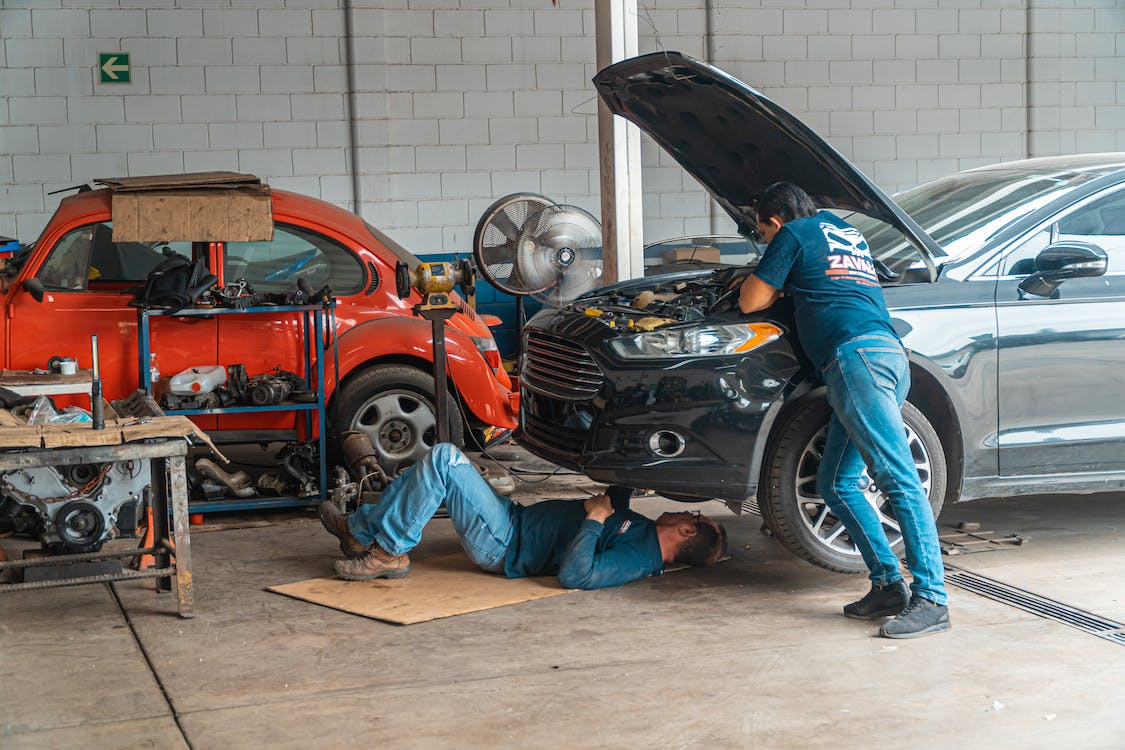We live in a time of constant and unprecedented invention. Entire industries have been born out of technological advancements we could only dream of decades prior, and the automotive industry is no different. With a mass market that has existed for less than a century, cars have evolved far beyond their initial, threadbare ‘horseless carriage’ design. They continue to do so, as we look to a future beset by new challenges, from resource scarcity to the climate emergency.
But how did we get here? The history of cars is long and storied, but the following is a short and essential look at the development of the automobile, in the past and towards the future.
Invention, and the First Automobiles
The idea of the horseless carriage has been present for some time, and it may be surprising to learn that working automobiles were invented as far back as the 1600s – though they were unable to carry passengers. The practicality of the self-propelled car was finally realised in the mid-1800s, with more sophisticated steam-powered designs and the first electric-powered vehicle. But the late 1800s saw the perfection of a principle that had entered the world with little fanfare in 1807: the internal combustion engine.
Mass Production
In 1886, Carl Benz patented a vehicle that used an internal combustion engine design – in so doing, becoming formally known as the inventor of the car. Within years, rival companies were beginning to mass-produce their own self-propelled designs, and the early 1900s saw the birth of arguably the most important company in automotive history: Ford Motor Company. Henry Ford’s revolutionary assembly line resulted in the mass availability of the Ford Model T, and set the stage for other manufacturers to follow suit.
Contemporary Vehicles
Between the early 1900s and the present day, car manufacture has seen a breakneck pace of invention and re-invention. Where cars began as a practical utility, little more than a carriage with an engine bolted on, they swiftly became a signifier of luxury. Safety also became a major concern as more cars began to fill roads around the world, with major breakthroughs including the invention of airbags and crumple zones. By 1930, it had become compulsory for drivers to be insured against the potential for road traffic incidents. The modern automobile had become much more than its basic simple concept.
Which brings us to the present day; vehicles with Bluetooth connectivity as a standard, sophisticating electronics to control engine timing, fuel efficiency and braking, and even under-seat heating. But what does the future hold for the car?
Looking to the Future
The carbon emissions of fossil fuels have become a point of contention, owing to the growing problem of climate change. Governments are taking action, with the UK government banning the sale of new petrol and diesel cars from 2030. The sea change in perspective on internal combustion has seen rapid development of new electric-powered vehicles, which are more energy efficient and cheaper to run. Autonomous vehicles have also been touted as the future, leading to a likely future of self-driving electric cars – the ultimate luxury.

